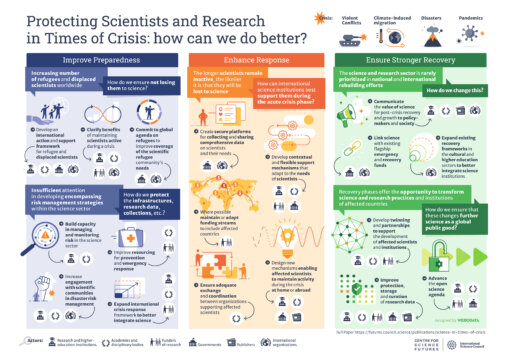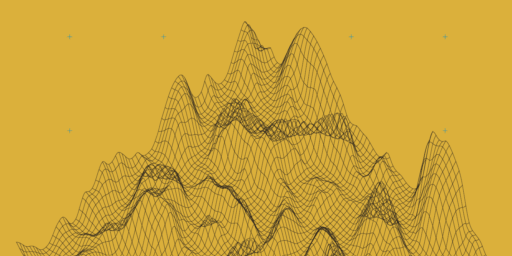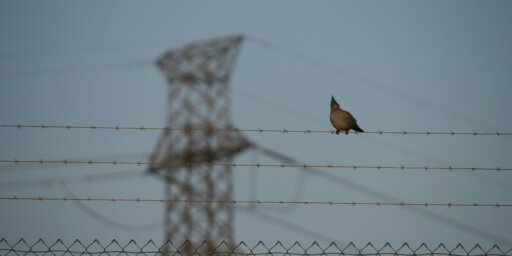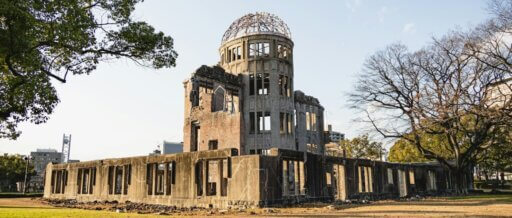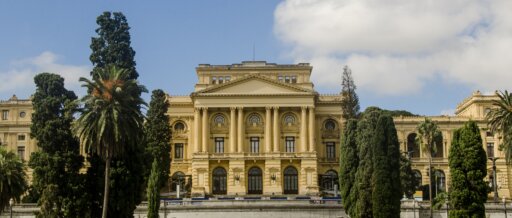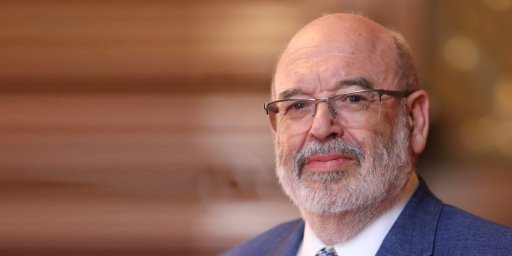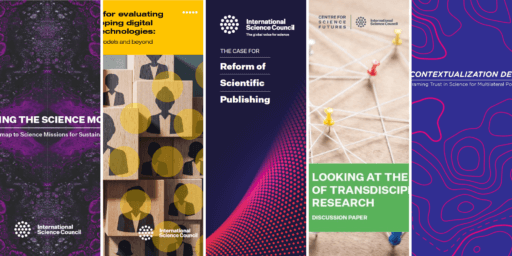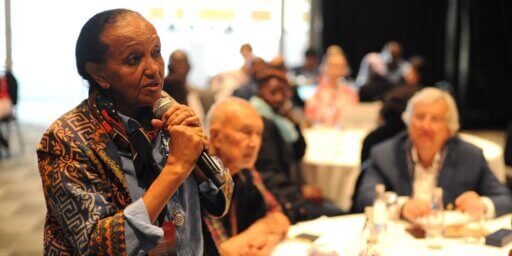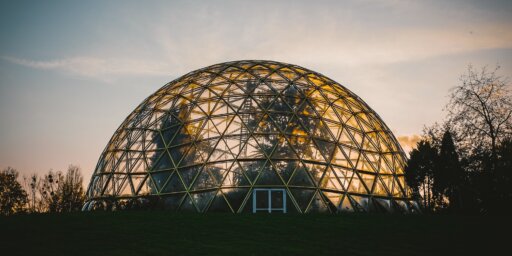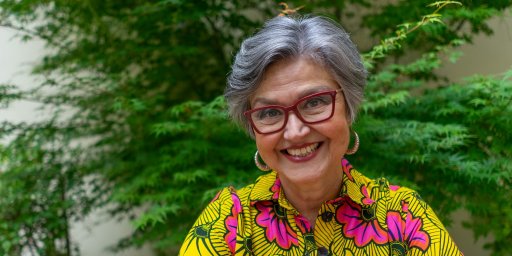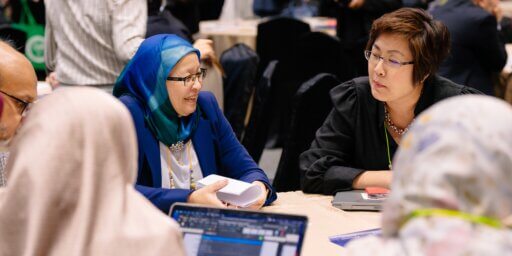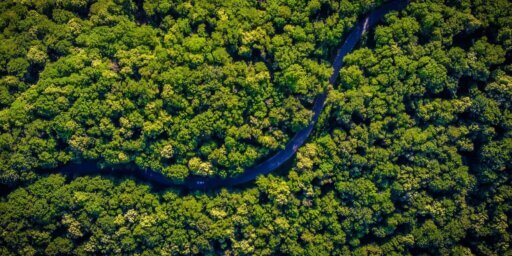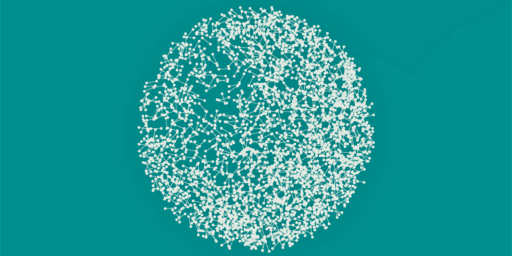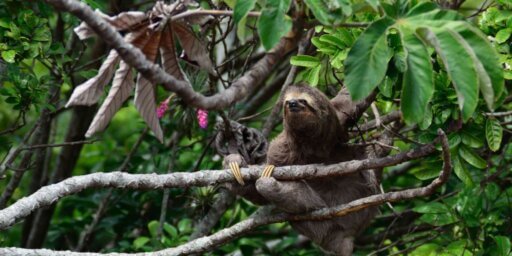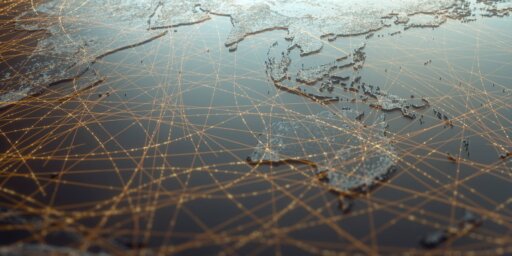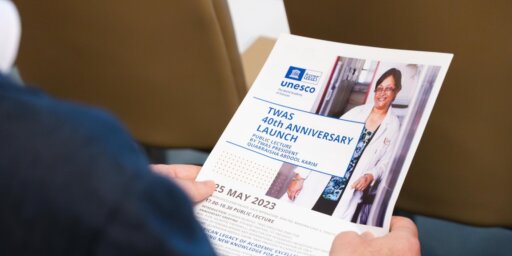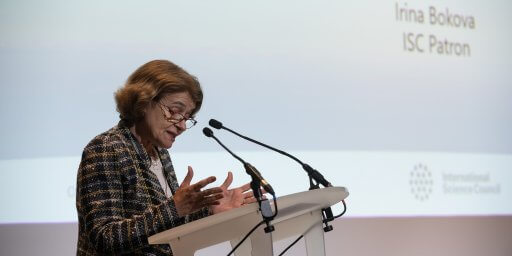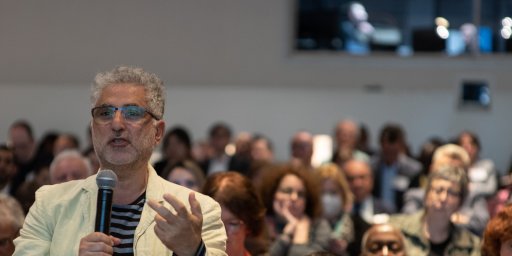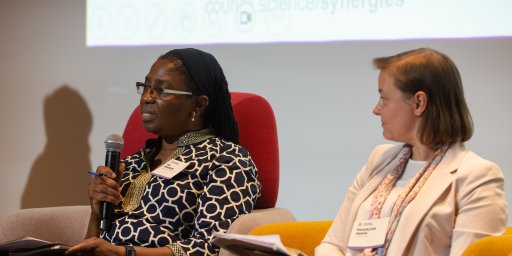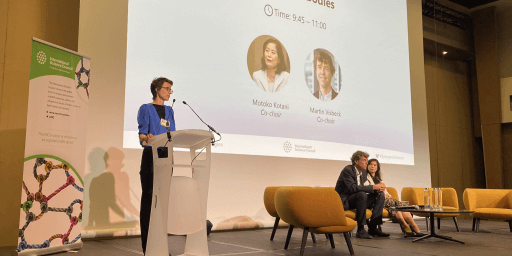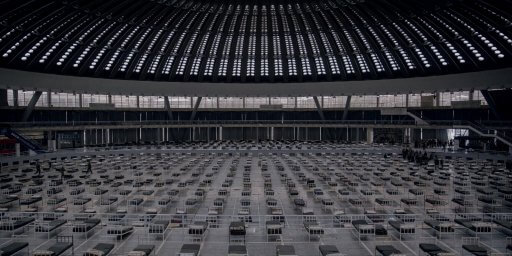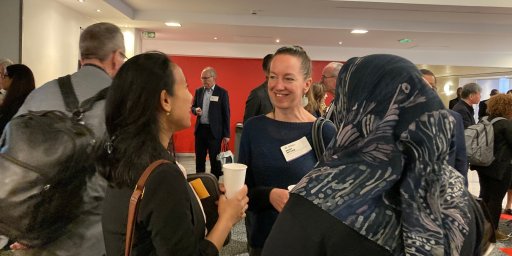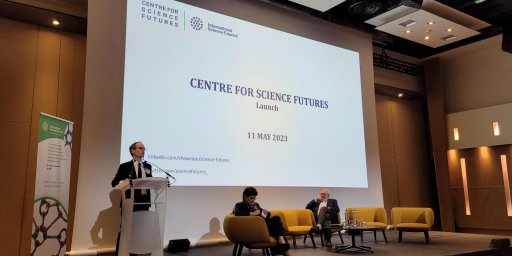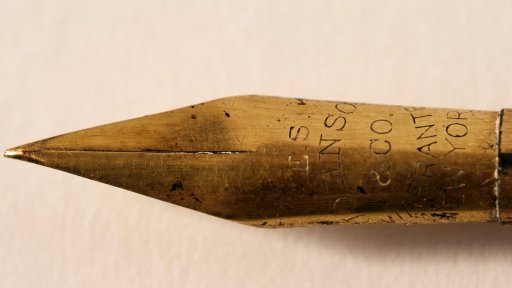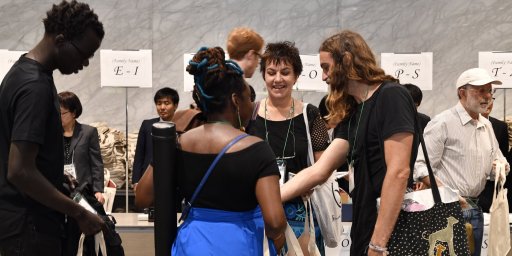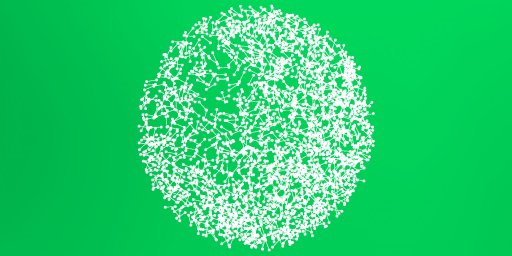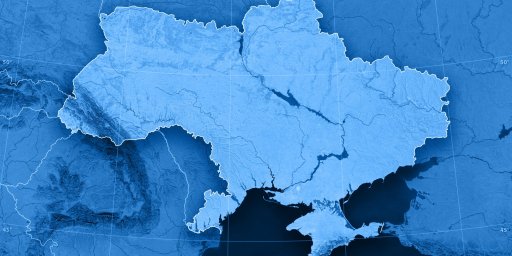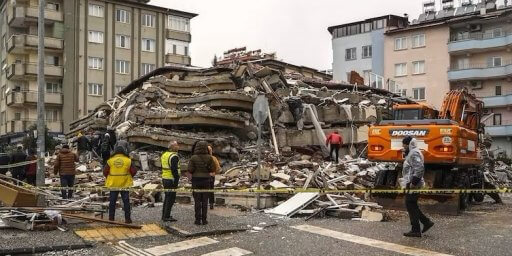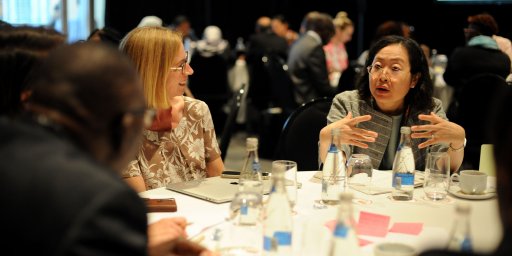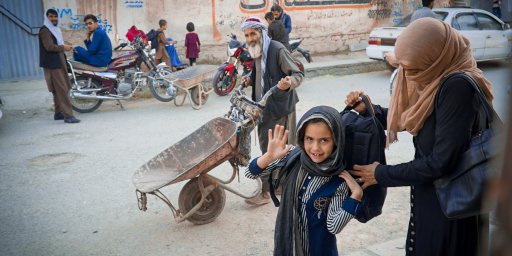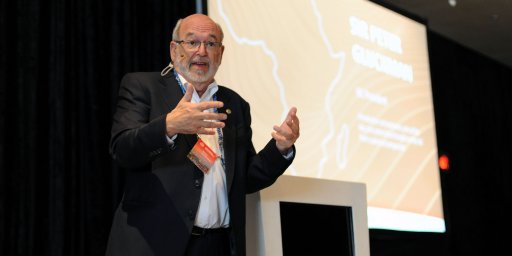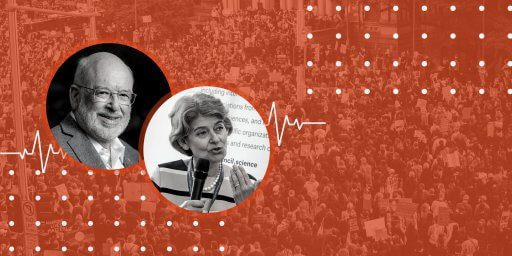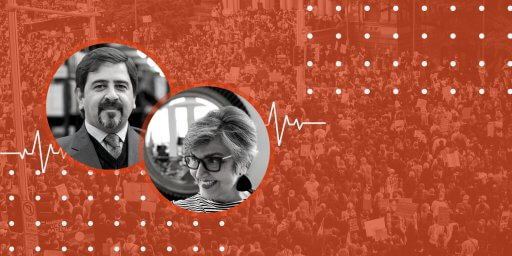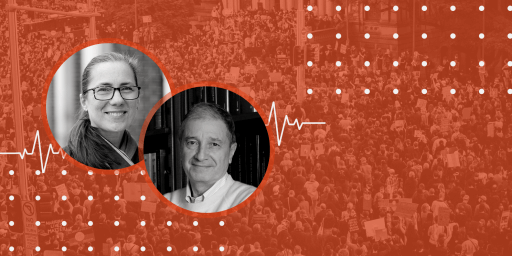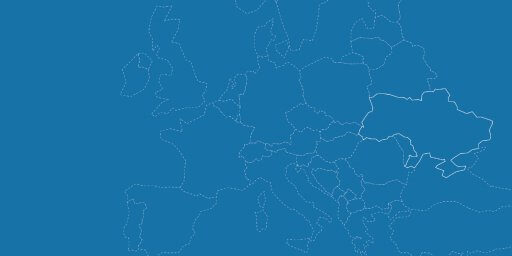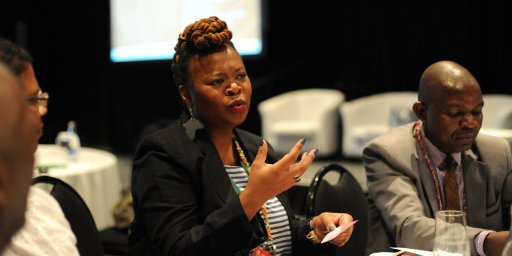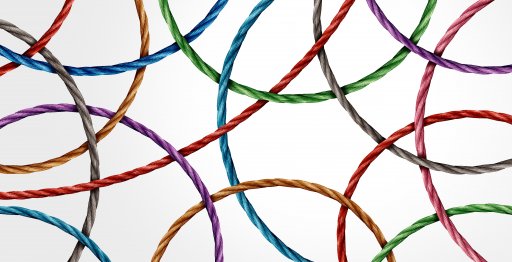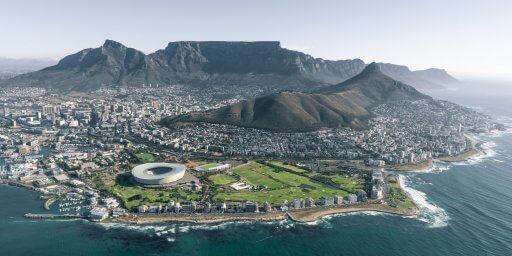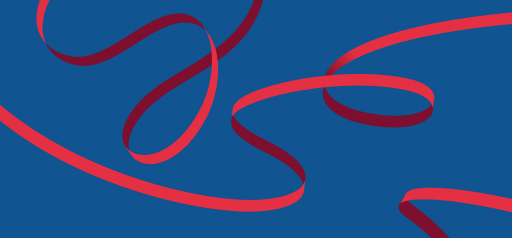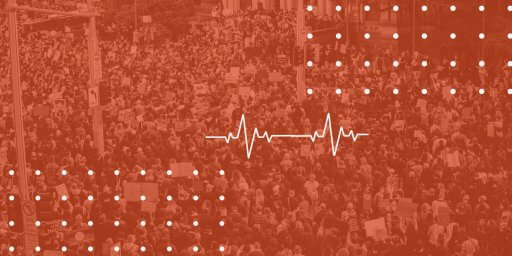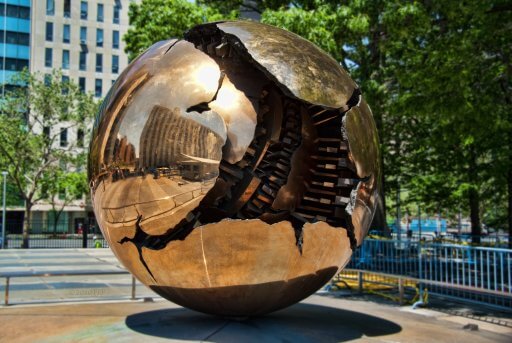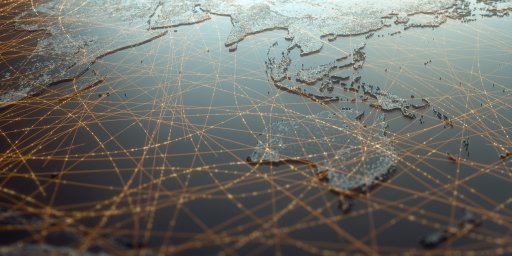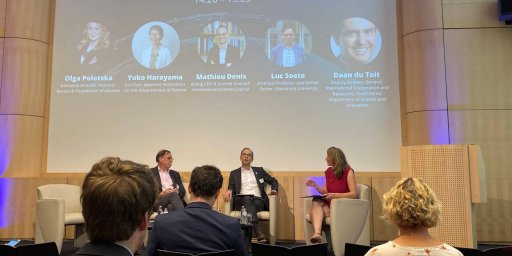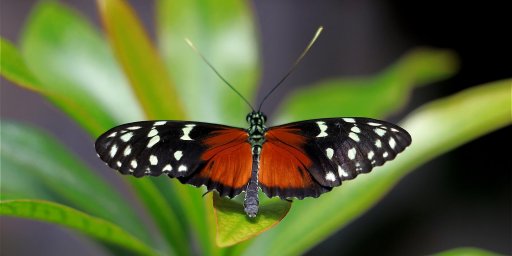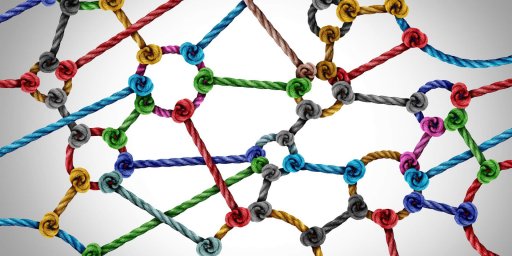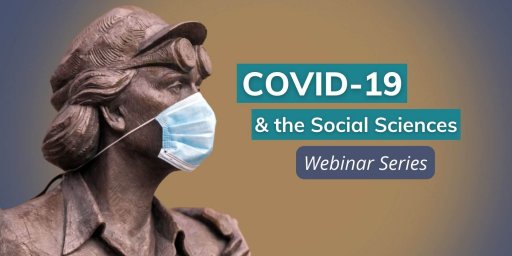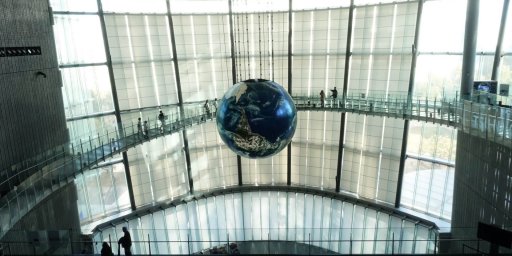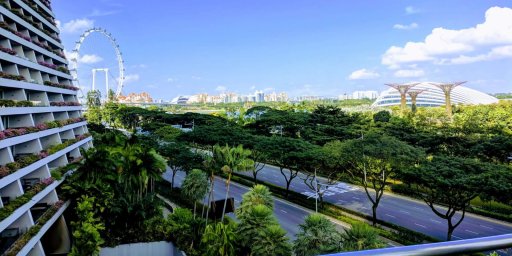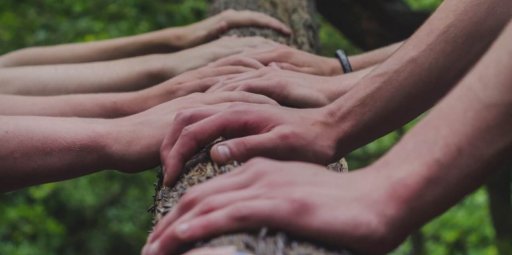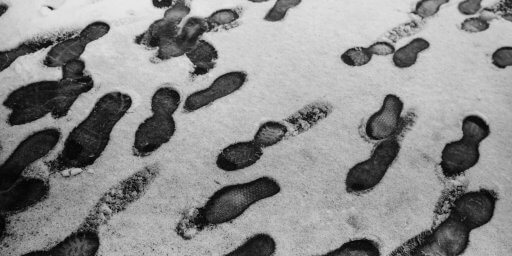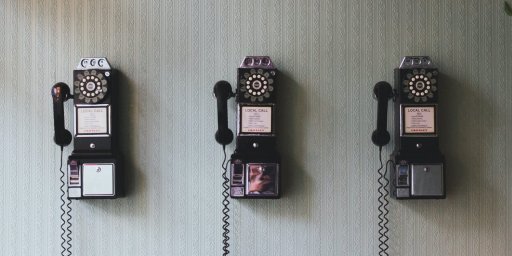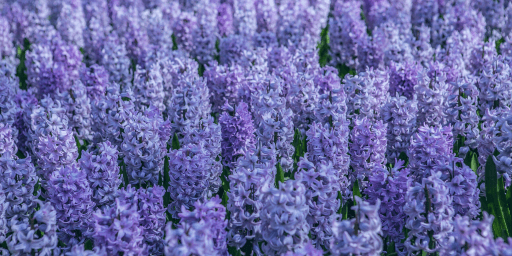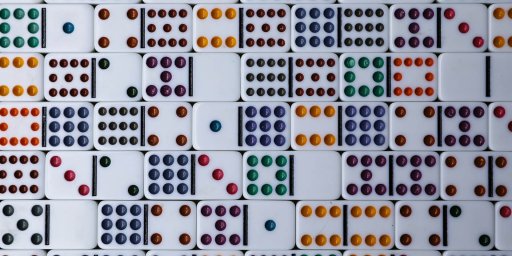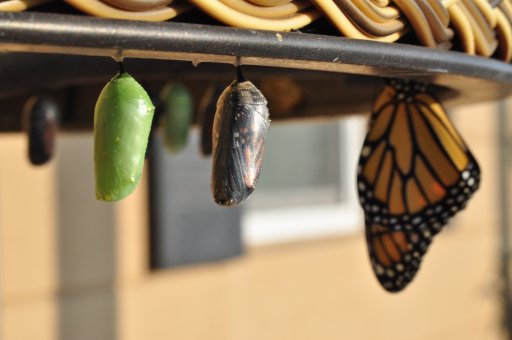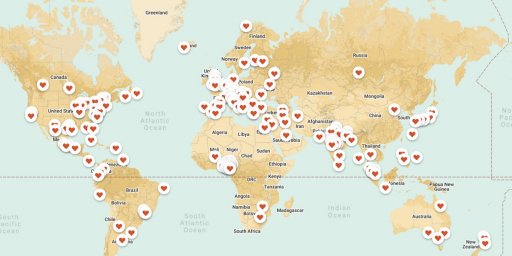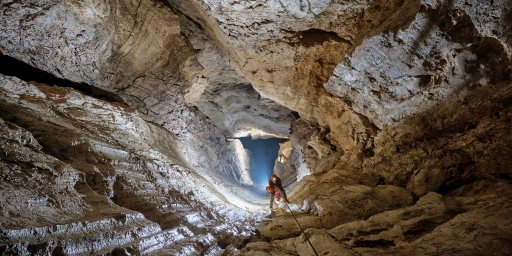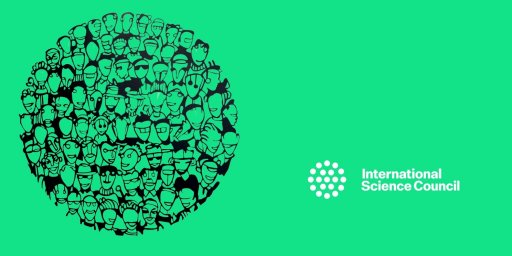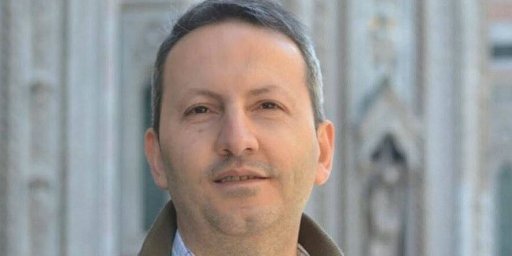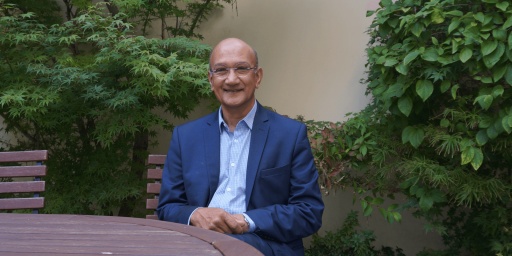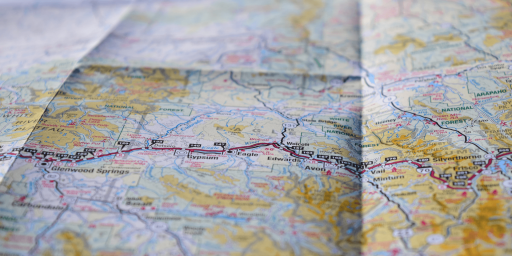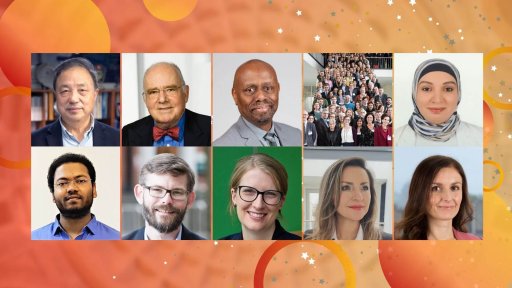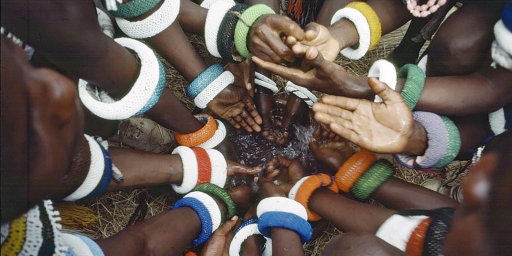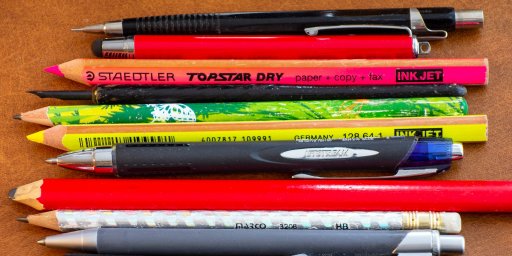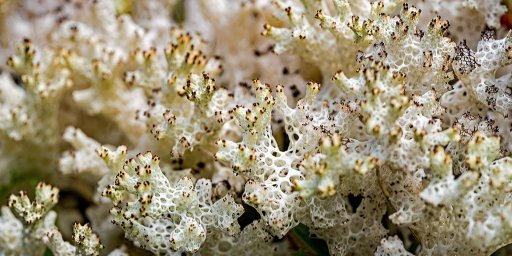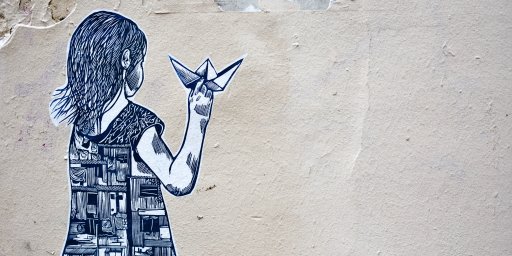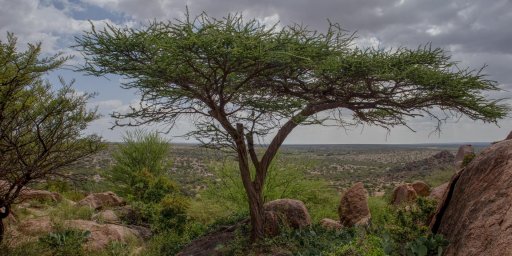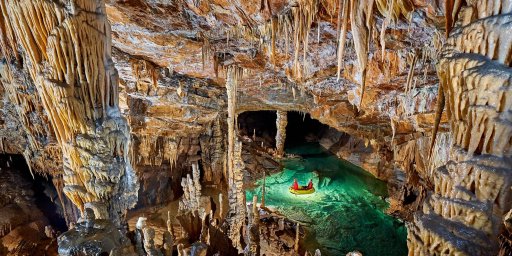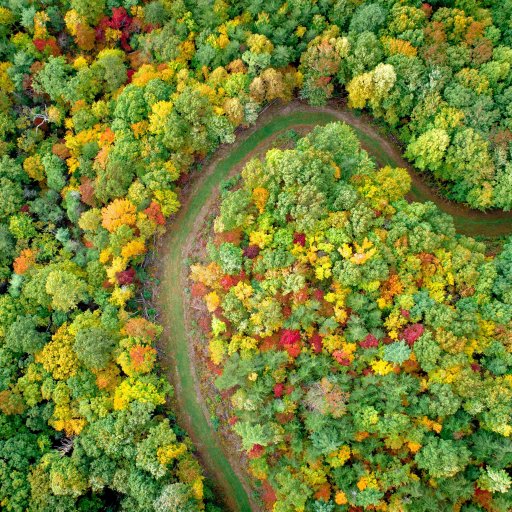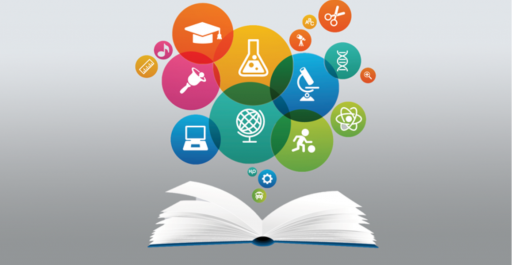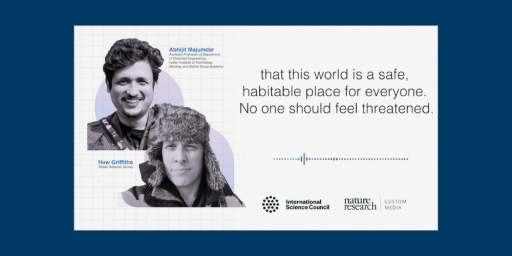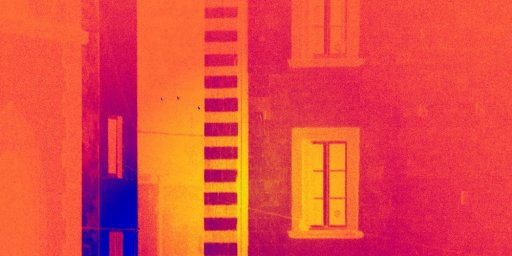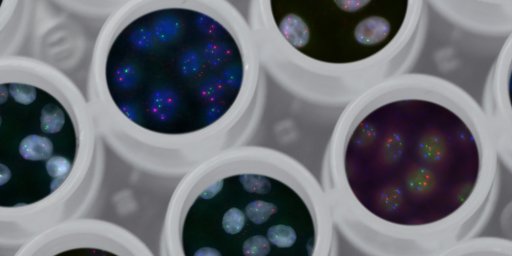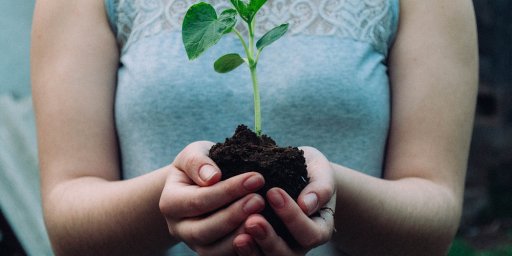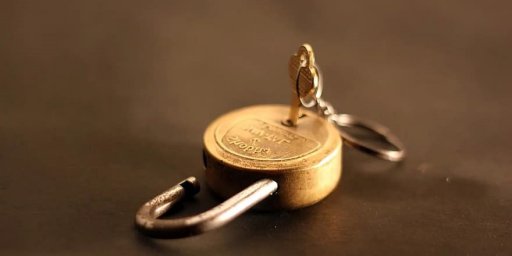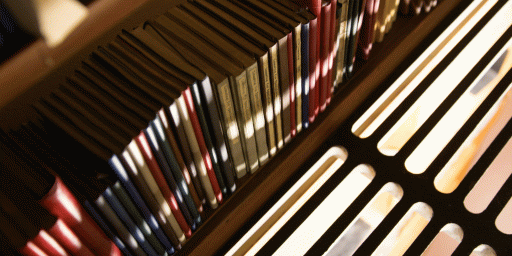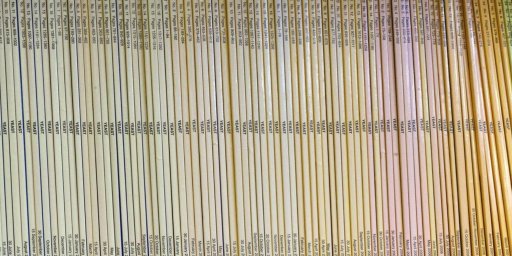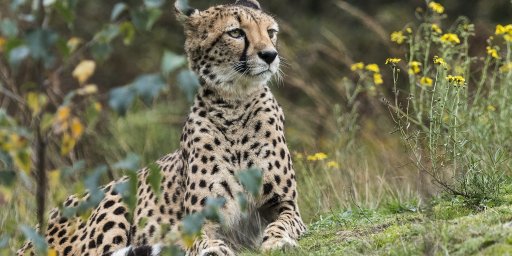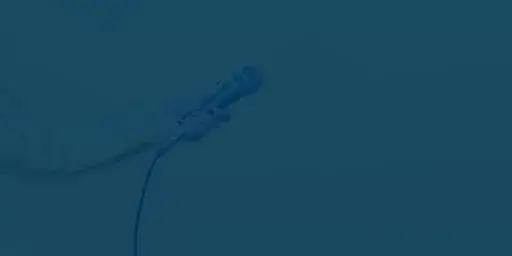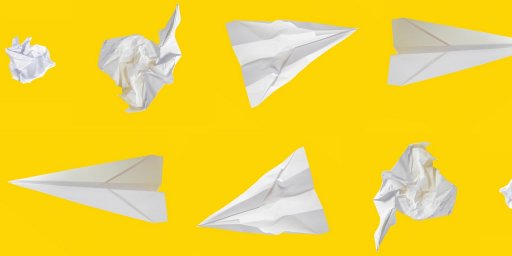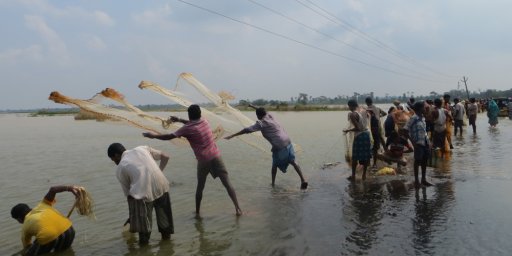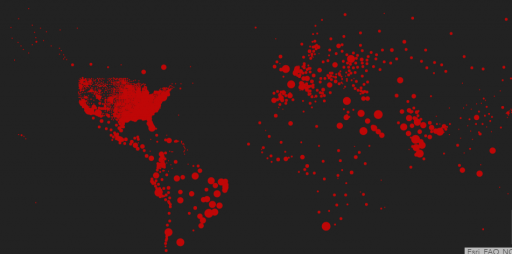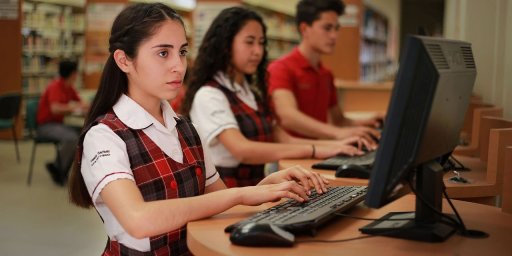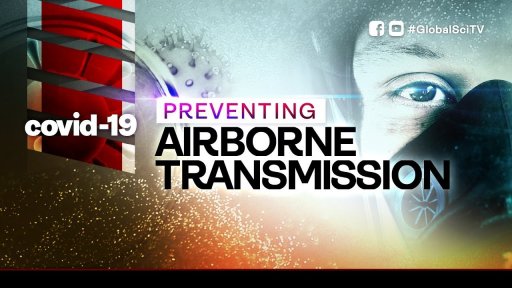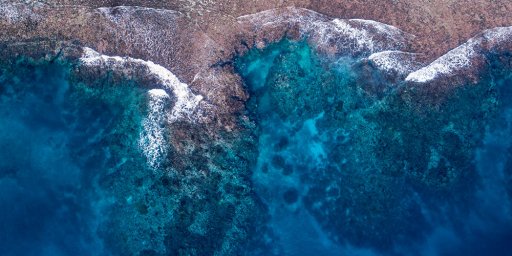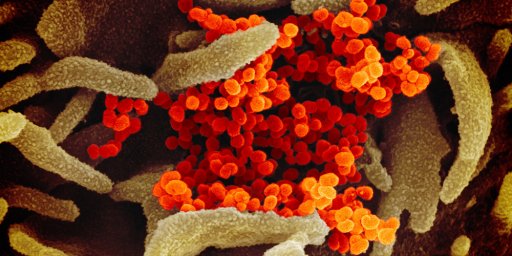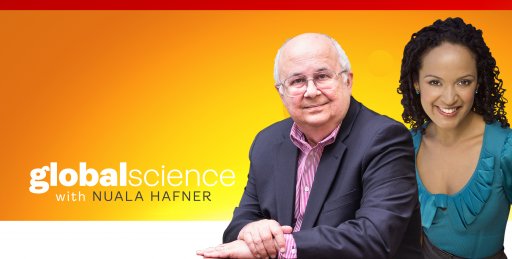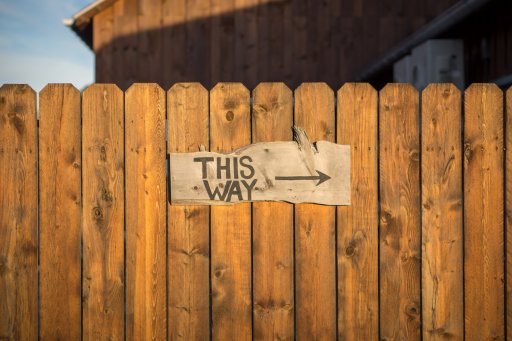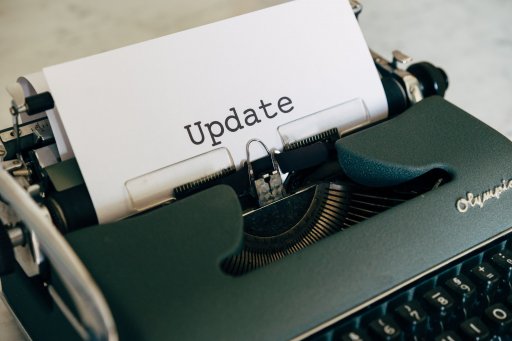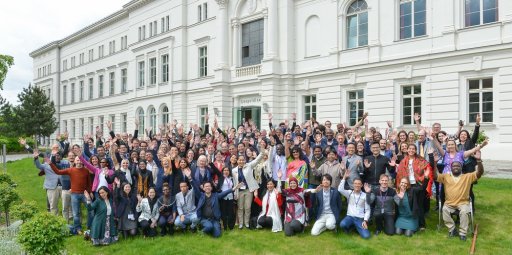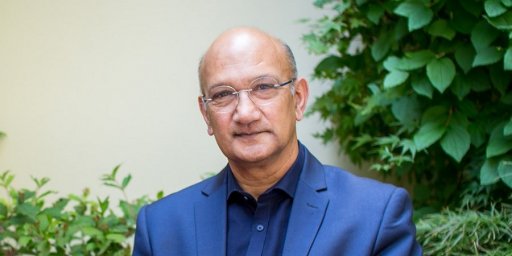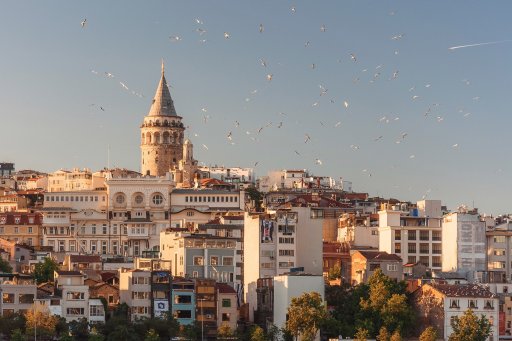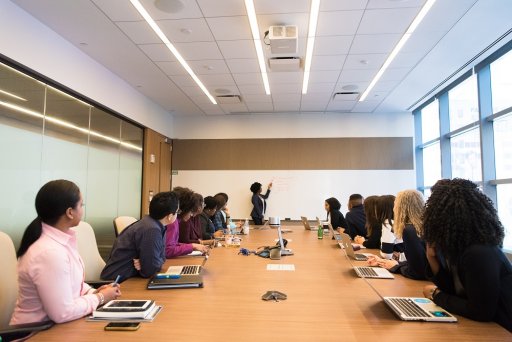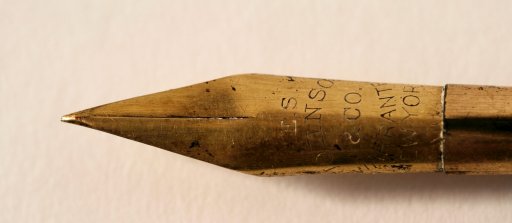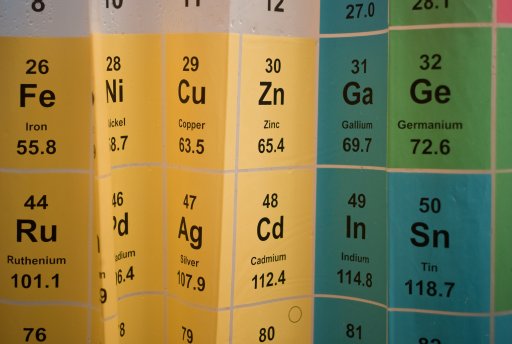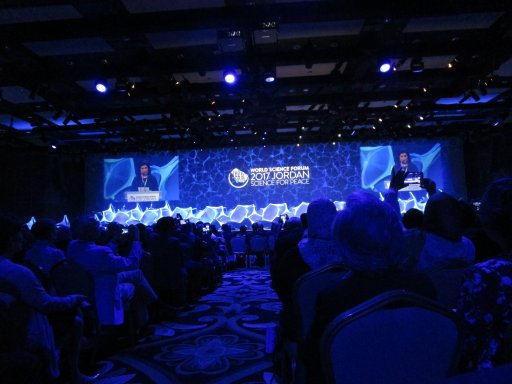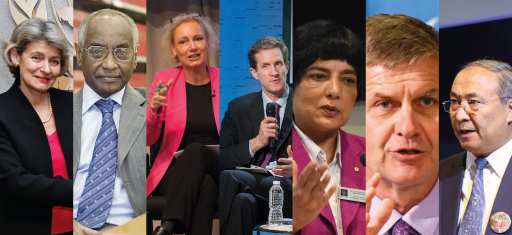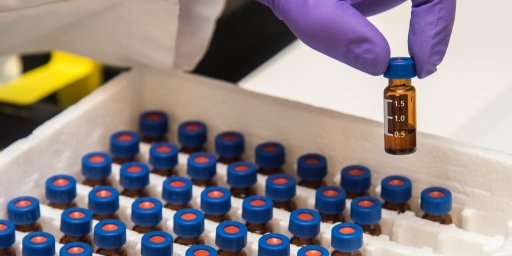“You are calling at a good time – the air raid alert just finished,” noted Roman Yavetskiy, answering his phone in Kharkiv.
Yavetskiy is a scientist at the Institute for Single Crystals of the National Academy of Sciences of Ukraine, where he leads a team designing new ceramic materials for use in extreme environments.
The team are among the about 80% of Ukrainian scientists who are still in the country, pushing ahead with their work despite the constant threat of violence, ruined infrastructure and lost funding.
Devastated by airstrikes and intense urban combat during the first months of the invasion, Kharkiv is still regularly hit by deadly rocket and artillery fire.
The Institute was the first in Ukraine to utilize NMR spectroscopy, X-ray diffraction, ICP-OES/MS, and other mass spectrometry methods to advance research in chemistry and materials science. Some of its equipment is not available elsewhere in the country.
At the beginning of the 2022 invasion, Yavetskiy, his family and many of his colleagues left Kharkiv as the fighting reached the city. Not long after, the top two floors of their lab’s building were seriously damaged by a missile or artillery strike.
With his family safely out of the country, Yavetskiy turned back to work, connecting online with colleagues scattered across the country and abroad.
By May 2022, the team was up and running again. Unable to access the lab, they busied themselves writing and submitting manuscripts – a welcome distraction from the uncertainty surrounding them, Yavetskiy says.
The team gradually returned over the summer and autumn as the Ukrainian armed forces secured the Kharkiv region. Their ground-floor lab had escaped the airstrike, and equipment purchased just before the invasion made it through unscathed. With funding from the National Academy of Sciences of Ukraine, they were able to buy supplies and keep the work going.
Now, half of the team is back in the lab, with their funding restored and their project nearly wrapped up. Two of the team’s PhD students plan to defend their dissertations this year.
“In science, if you stop, it is very difficult to start up again,” Yavetskiy says – a lesson the team learned during the COVID-19 pandemic. Despite the dangers, they didn’t want to put down the tools for long, he explains.
Yavetskiy says the situation reminds him of a line from Through the Looking-Glass: “It takes all the running you can do, to keep in the same place. If you want to get somewhere else, you must run at least twice as fast as that.”
No time to waste
As extraordinary as Yavetskiy’s story is, it’s unfortunately not unique, says Olga Polotska, executive director of the National Research Foundation of Ukraine (NRFU). “You can hardly imagine how heroic some of our researchers have been,” she says.
In March 2022, the NRFU’s entire budget was reallocated to support the country’s defence. The Foundation had to cancel funding to about 300 projects, including Yavetskiy’s, and many who were just about to start their research.
But as the year went on, and Ukraine not only held on but pushed back the invasion, the NRFU started looking at whether it could re-establish its budget and resume some funding in 2023.
When the foundation surveyed members to see how many would be able to pick up their work again, or already had, the response was almost unanimous: 90% said yes. Now, 18 months after the full-scale invasion of Ukraine began, nearly all of the NRFU’s grantees are operating again.
The work of scientists like Yavetskiy’s team and others across the country is vital for Ukraine’s future, Polotska says. “It’s a matter of our survival,” she says. Now is the time to lay the groundwork for rebuilding, so everything is in place when the war ends, she argues. “If there is no inflow of young people in research, or if there is a break in research and communication, that would be an existential threat to Ukraine,” she adds.
Scientists who have lived through other conflicts have echoed Polotska’s concern that it is much more difficult to re-establish institutions and networks if they are abandoned entirely. “We have already suffered huge losses. Any kind of suspension – and especially in the modern world, when research develops so quickly – would mean that we would be thrown back many, many years,” she says.
“It’s about passion. It’s about true researchers who understand well the value of research – one of the most complicated human activities. This is giving birth to new knowledge,” Polotska says. “If it stops, so will the development and birth of new knowledge. And the aftermath can be catastrophic.”
Bringing international experience back home
Researchers who have left Ukraine will also play a critical role in the country’s recovery, explains psychologist Larysa Zasiekina.
For many Ukrainian scientists, the 2022 invasion wasn’t the first time they were forced to move, Zasiekina points out. After the invasion, her own Lesya Ukrainka Volyn National University – which is not far from the Polish border – hosted scholars from the Donetsk National Technical University.
The university had already been evacuated once, in 2014, abandoning equipment and data, and forced to start over. Then they were forced to flee again in 2022. “Displacement is trauma and loss – loss of resources, loss of relatives, loss of neighbours,” Zasiekina says.
After the 2022 invasion, Ukrainian scientists and colleagues around the world worried that the displacement of so many people might cause a “brain drain,” with researchers forced to flee for their safety robbing the country of long-term scientific progress.
But with the right tools, those scientists will accelerate Ukraine’s recovery, whether they return home or help from abroad, Zasiekina says. “I don’t like this concept of ‘brain drain,’” she says – preferring instead to think of it as “brain circulation.”
Scientists abroad are making connections, improving language skills and learning new techniques, she points out: “When they come back, they can take all of this and share their experience in Ukraine.”
Zasiekina’s own work has taken her around the world – but the focus has always been on Ukraine, and finding ways to combine international and national experience.
She developed the first clinical psychology master’s program in Ukraine after studying in the UK – an area of study that has become more relevant than ever, she notes. Some of her other recent research looks at intergenerational trauma and the risk of post-traumatic stress disorder, comparing the experiences of people in Israel and Ukraine whose families experienced the Holocaust and the Holodomor.
Global science institutions, like the ISC, have encouraged new policies to mitigate a post-war brain drain – like making it easier for displaced Ukrainian scientists to maintain their home institutional affiliations, and funding international partnerships with Ukrainian institutions that will continue after the war.
One year of war in Ukraine: exploring the impact on the science sector and supporting initiatives
This report presents recommendations to strengthen scientists and science systems’ resilience in times of crisis. While designed as a response to the war in Ukraine, the recommendations are applicable to other crises.
Continued financial and professional support, and more international collaboration with Ukrainian researchers are still important, Polotska says. “There’s so much will in the whole world to support Ukraine and the Ukrainian research community,” she says.
She points to a newly launched NRFU project to fund Ukraine-based research teams, in partnership with the U.S. National Science Foundation and the national science councils of Estonia, Latvia, Lithuania and Poland – an ambitious effort that Polotska says would have been challenging to pull off even in peacetime.
“If somebody had told me this a year ago, I would have said ‘That would never happen’ … But it is happening. Nothing is impossible,” Polotska says. “Smaller players do not always mean weaker players.”
You might also be interested in
Protecting Science in Times of Crisis: How do we stop being reactive, become more proactive?
This October, the ISC Centre for Science Futures will publish a working Paper entitled “Protecting Science in Times of Crisis: How do we stop being reactive, and become proactive?”. The paper takes stock of what the international scientific community learned over the years in supporting refugee and displaced scientists. More importantly, it identifies a series of issues and areas for action that need to be prioritized if we are to become collectively better at protecting scientists, science, and research infrastructures in times of crisis.
In anticipation of the publication, the Centre has released a set of infographics capturing some of the key points that will be developed at length in the upcoming paper.
Picture by Kevin Bietry on Flickr.
Disclaimer
The information, opinions and recommendations presented in this article are those of the individual contributors, and do not necessarily reflect the values and beliefs of the International Science Council.


